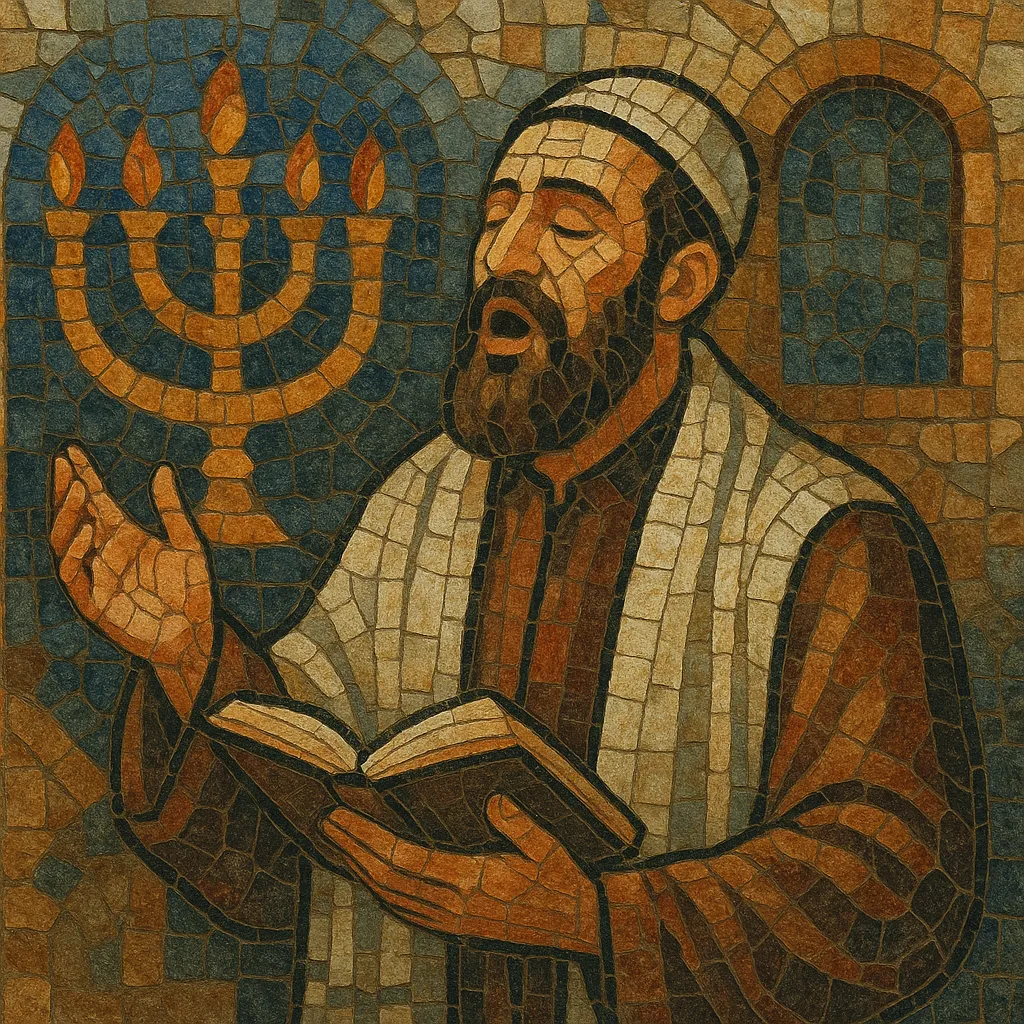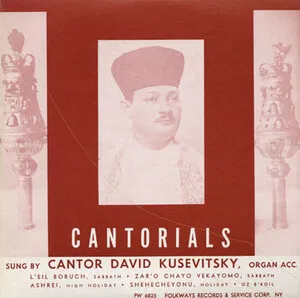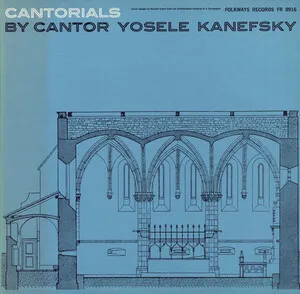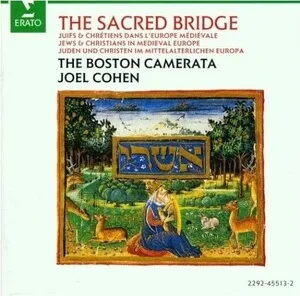Jewish liturgical music is the body of musical practice used to chant, sing, and adorn the Hebrew liturgy in the synagogue and at home. It centers on the voice, the sacred Hebrew (and some Aramaic) texts, and time-specific modal frameworks known as nusach, which signal the service, day, and season.
Rather than fixed melodies, it uses modal motifs, cantillation systems (ta'amei ha-mikra) for biblical reading, and a spectrum of regional traditions (Ashkenazi, Sephardi, Mizrahi, Yemenite, and others). Cantorial artistry (hazzanut) ranges from restrained recitative to highly ornate melismatic singing. Historically unaccompanied, it remains primarily vocal; however, choirs and organs were introduced in some modern communities.
Across centuries, Jewish liturgical music absorbed and dialogued with surrounding cultures—Byzantine, Syriac, Arabic/Persian maqām traditions—while maintaining distinctive modal cadences, prayer roles (shaliach tzibbur/cantor vs. congregation), and characteristic motives (e.g., Mi-Sinai tunes in Ashkenaz and maqām-based selections in Sephardi/Mizrahi rites).
Jewish liturgical music traces to Temple-era Levitical chant and instrumental practice, but the core of synagogue chant emerged after the Temple’s destruction, when prayer replaced sacrifice. By late antiquity, standardized cantillation signs (ta'amei ha-mikra) and prayer recitation styles took shape, framing a distinct chant tradition.
Between the 7th–12th centuries (Geonic period and beyond), regional rites crystallized. Ashkenazi, Sephardi, and Oriental (Mizrahi, Yemenite, etc.) traditions codified nusach—time-and-text-specific modal frameworks—with recognizable motives and cadences. Interactions with Byzantine and Syriac chant, and with Arabic/Persian maqām culture, deepened modal nuance and ornamentation.
As Jewish communities spread through Europe, North Africa, and the Middle East, local aesthetics shaped liturgical sound. In Ashkenaz, “Mi‑Sinai” tunes anchored key High Holiday moments, while in Sephardi/Mizrahi settings, weekly maqām choices aligned the Torah portion’s affect with musical mode.
Emancipation-era Europe saw the rise of virtuoso hazzanim and the incorporation of choirs and organs (especially in Reform and some Conservative synagogues). Great cantors recorded prolifically, marrying traditional nusach with Western harmony and concert forms, while preserving unaccompanied practice in Orthodox contexts.
Today, Jewish liturgical music spans a spectrum—from historically informed chant to concert hazzanut and communal song. Diasporic streams (Ashkenazi, Sephardi, Mizrahi, Yemenite) continue to thrive, influence each other, and dialogue with classical, popular, and world traditions, while anchoring prayer through modal cues, cantillation, and congregational participation.






%2C%20Cover%20art.webp)

